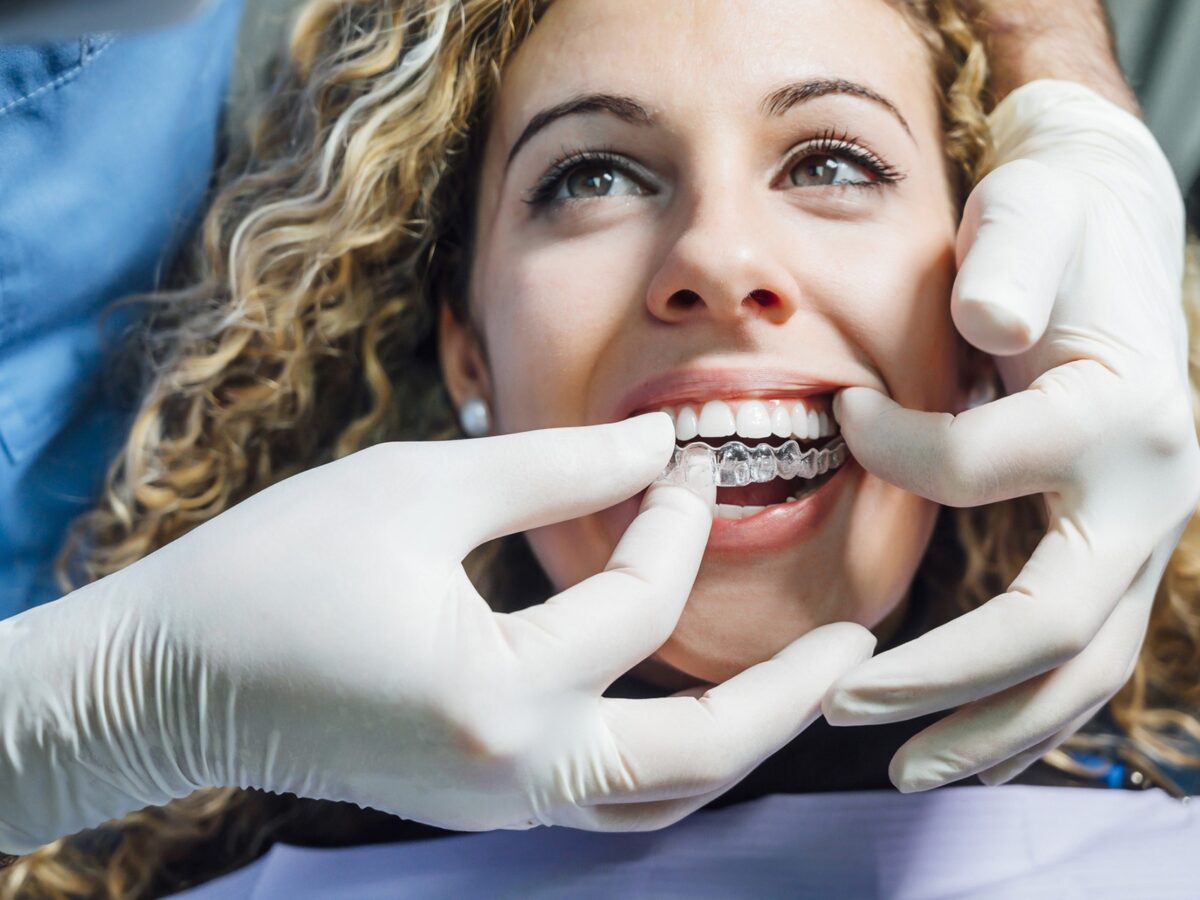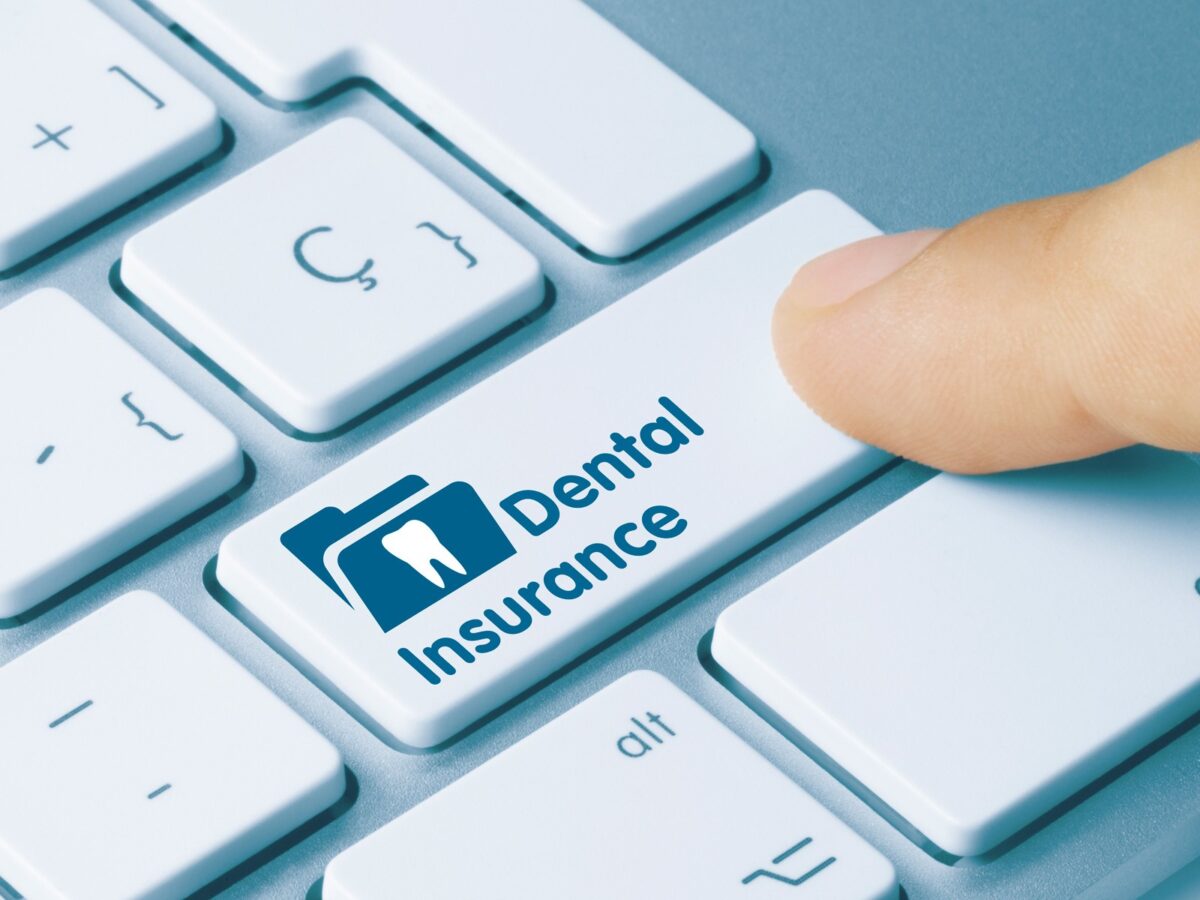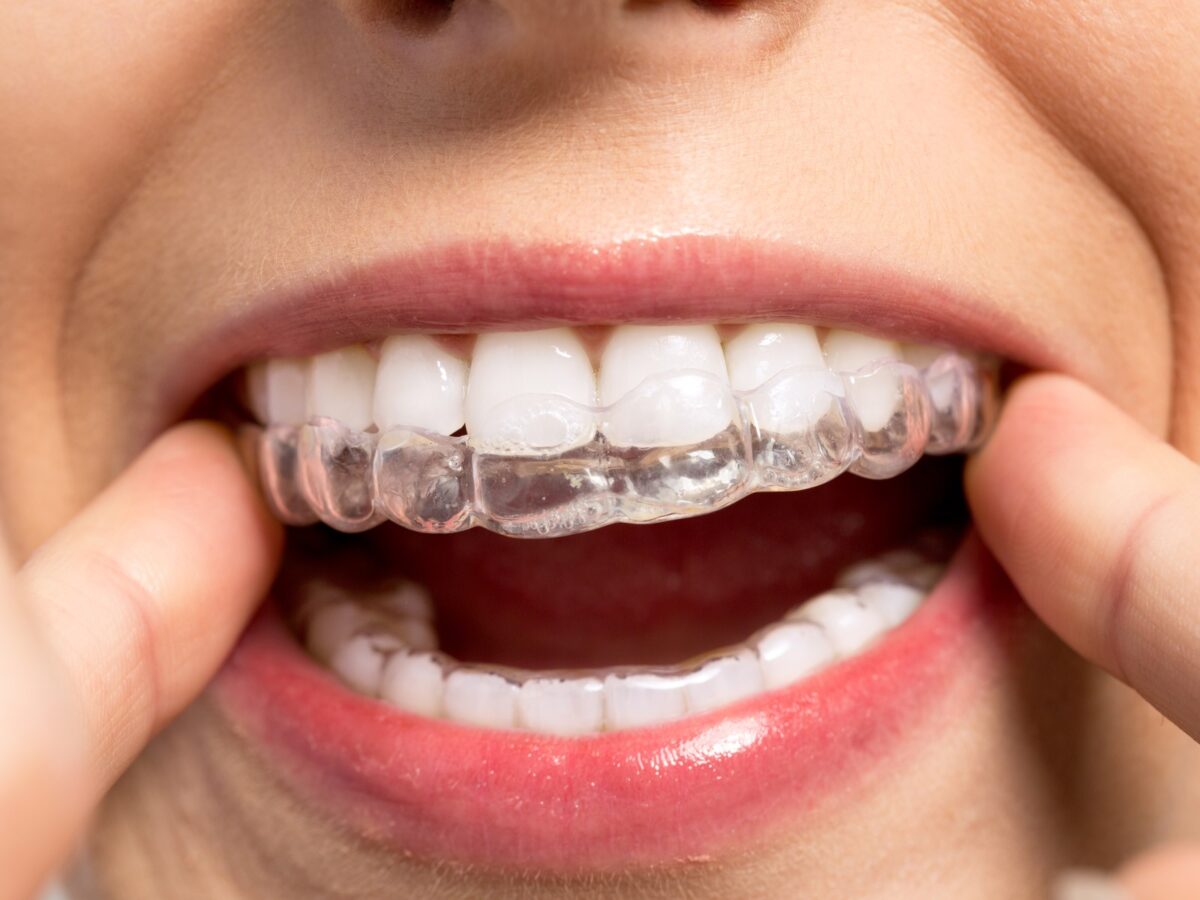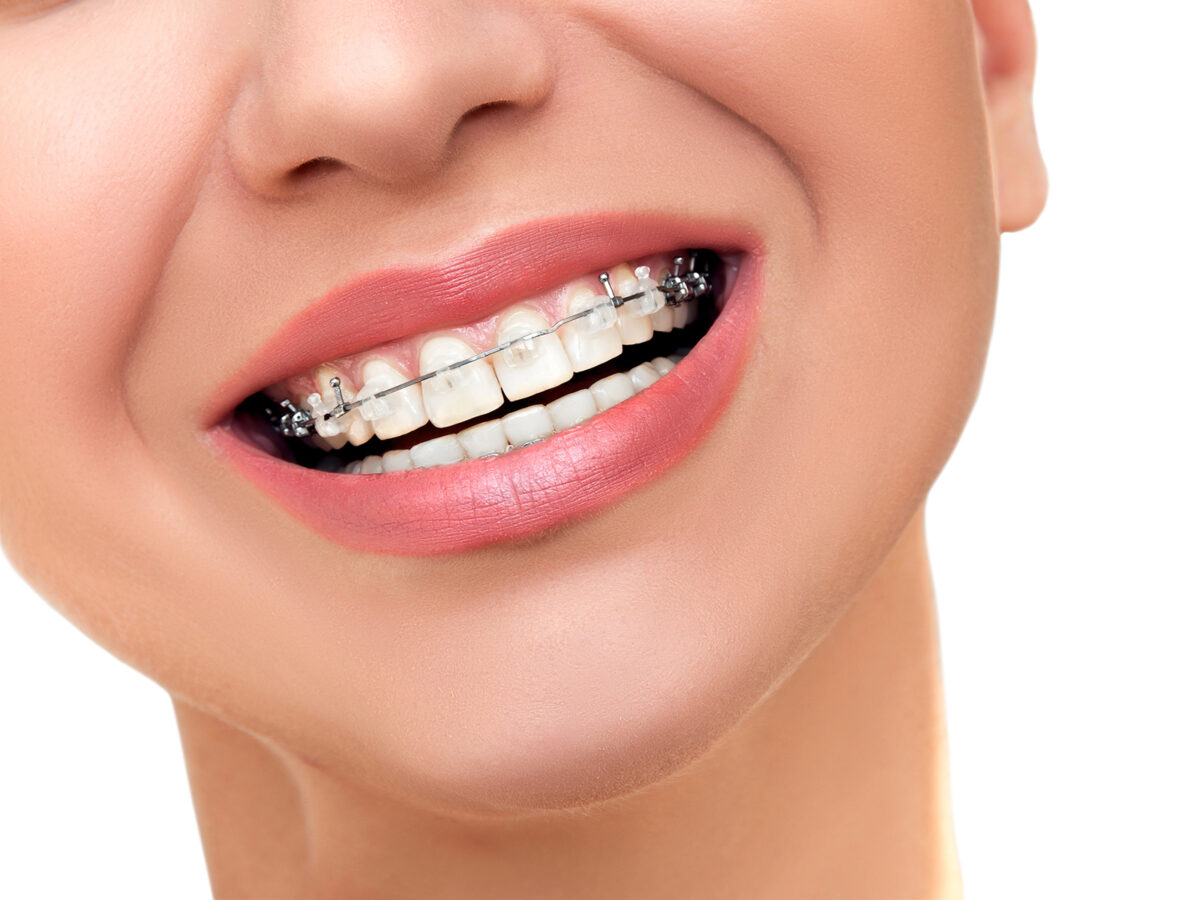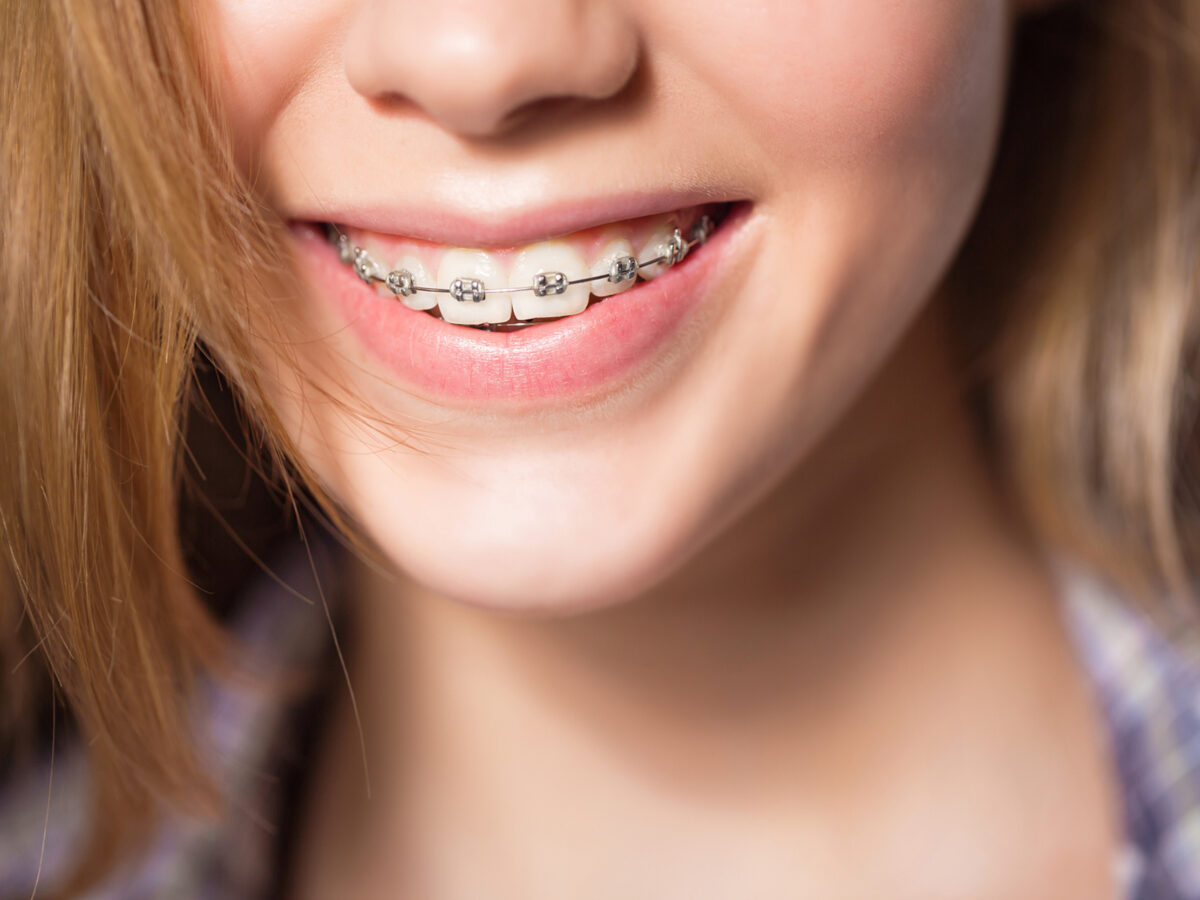Sometimes Invisalign treatment hurts more than expected, and people often wonder when their Invisalign stops hurting. The answer is different for everyone. The pain during your Invisalign treatment depends on the severity of your case. Some people experience pain at the start of the treatment, some after 3 weeks, and some towards the end. The good news is that most Invisalign pain is easily curable, and there is nothing to worry about.
Invisalign are Invisible braces used to move teeth to give you a better and more prominent smile. Like all traditional braces, Invisalign causes discomfort and pain while moving teeth into a better position. Moreover, tooth movement pain is a sign that your Invisalign treatment works properly.
Invisalign can cause some pain or discomfort. It can also hurt more in the end in some cases, but this pain is not to be concerned about. In most cases, the pain is always mild and temporary. In addition, over 54% of people can experience mild to moderate discomfort during Invisalign treatment, which goes away quickly. However, if your Invisalign hurts more by the end of the treatment, identify the severity of the pain and consult your dentist for a proper diagnosis because Invisalign treatment can cause severe pain for various reasons.
What type of Invisalign pain can you experience during your treatment?
- The ache in the jaw
- Pain in several teeth
- Pain in one tooth
- Discomfort in the muscles
- Pain in the tongue
How to deal with the discomfort caused by Invisalign treatment?
- Try cold or hot compress
- Chew your food slowly
- Do not wear your Invisalign while eating food
- Brush or floss your teeth properly
- Do not clench or bite your Invisalign tray
Lastly, if you experience severe pain or discomfort during your Invisalign treatment, you should consult your dentist for proper treatment.

